Author: Paul Amico
From the minds that brought us the blockbuster hops Citra and Mosaic comes a new variety that promises to impart beer with an intense menagerie of citrus, floral, wood, coconut, and pine characteristics. Released in 2020 by the Hop Breeding Company, a joint venture between John I. Haas and Yakima Chief Ranches, Talus’ uniqueness comes in part from its neomexicanus heritage, as it is the daughter of Sabro and open pollination.
Alpha: 8.9 – 9.5%
Beta: 8.3 – 10.2%
Cohumulone: 34 – 39% of alpha acids
Total Oil: 1.0 – 2.2 mL/100g
Myrcene: 40 – 50%
Humulene: 16 – 21%
Caryophyllene: 9 – 13%
Farnesene: 0 – 1%
Linalool: unknown
Geraniol: unknown
ß-Pinene: unknown
Parentage: daughter of Sabro and open pollination
Having never knowingly tasted a beer brewed with this new hop variety, and especially given its existing descriptions, I was excited to see what tasters would think of a beer hopped only with Talus.
| MAKING THE BEER |
I went with the standard Hop Chronicles Pale Ale recipe for this batch, which is designed to accentuate hop character as much as possible.
Talus Pale Ale
Recipe Details
| Batch Size | Boil Time | IBU | SRM | Est. OG | Est. FG | ABV |
|---|---|---|---|---|---|---|
| 5.5 gal | 60 min | 40.3 IBUs | 5.7262818 | 1.054 | 1.013 | 5.5 % |
| Actuals | 1.054 | 1.01 | 5.8 % | |||
Fermentables
| Name | Amount | % |
|---|---|---|
| Lamonta American-style Pale Malt (Mecca Grade) | 10 lbs | 83.33 |
| Vanora Vienna-style Malt (Mecca Grade) | 2 lbs | 16.67 |
Hops
| Name | Amount | Time | Use | Form | Alpha % |
|---|---|---|---|---|---|
| Talus | 14 g | 60 min | Boil | Pellet | 7.9 |
| Talus | 18 g | 30 min | Boil | Pellet | 7.9 |
| Talus | 26 g | 15 min | Boil | Pellet | 7.9 |
| Talus | 56 g | 2 min | Boil | Pellet | 7.9 |
| Talus | 56 g | 4 days | Dry Hop | Pellet | 7.9 |
Yeast
| Name | Lab | Attenuation | Temperature |
|---|---|---|---|
| Flagship (A07) | Imperial Yeast | 75% | 60°F - 72°F |
Notes
| Water Profile: Ca 92 | Mg 1 | Na 10 | SO4 153 | Cl 50 |
Download
| Download this recipe's BeerXML file |
I started off my brew day by collecting the full volume of water, which I adjusted to my desired profile.
After flipping the switch on my controller to get things heating up, I weighed out and milled the grain.
When the water was properly heated, I incorporated the grains and set the controller to maintain my desired mash temperature of 152°F/67°C before preparing the kettle hop additions.
Once the 60 minute mash rest was complete, I removed the grains from the sweet wort and set the controller the heat it up.
Following a 60 minute boil, I used my CFC to chill the wort during transfer to a sanitized fermenter.
A refractometer reading showed the wort was at my target OG.
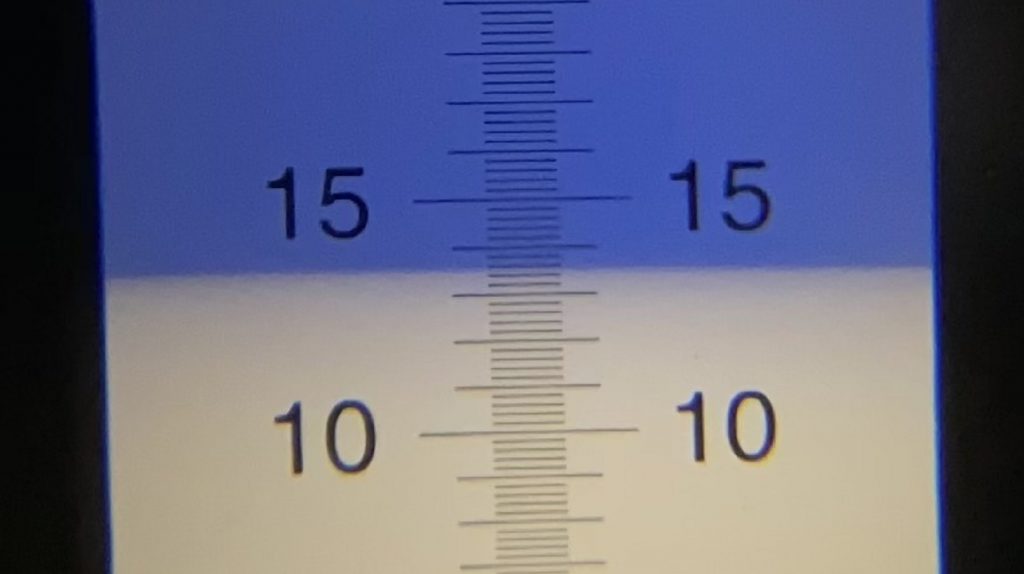
Using some leftover wort, I made a vitality starter of Imperial Yeast A07 Flagship and let it sit for 4 hours before pitching.
The beer was left to ferment at 66°F/19°C for 2 weeks before I took a hydrometer measurement confirming FG was reached.
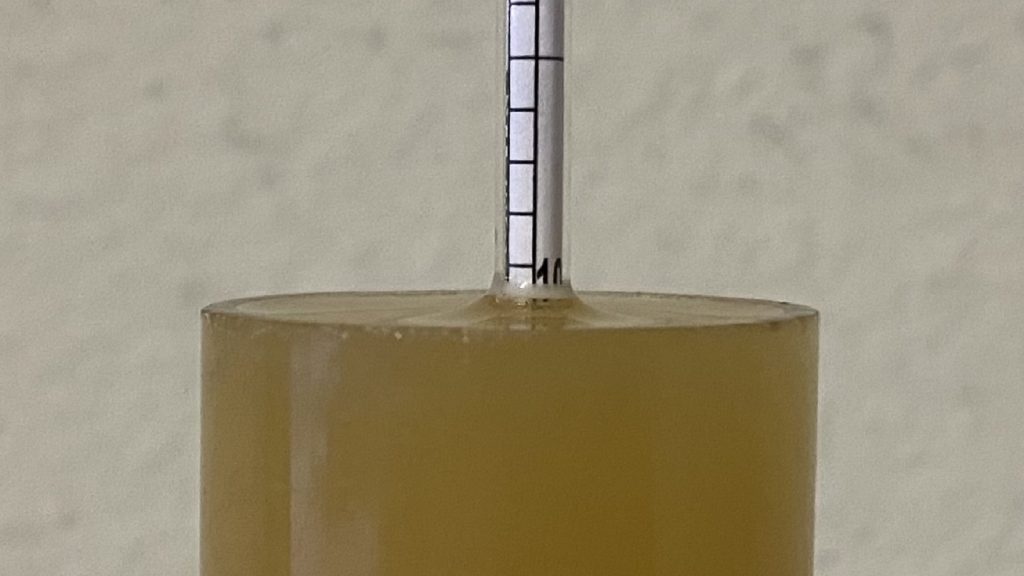
With fermentation complete, I transferred the beer to a CO2 purged keg.
The filled keg was placed in my keezer and burst carbonated overnight before I reduced the gas to serving pressure. After a week of conditioning, I began serving it to blind tasters.
| METHOD |
Participants were instructed to focus only on the aromatic qualities of the beer before evaluating the flavor. For each aroma and flavor descriptor, tasters were asked to write-in the perceived strength of that particular characteristic on a 0-9 scale where a rating of 0 meant they did not perceive the character at all and a 9 rating meant the character was extremely strong. Once the data was collected, the average rating of each aroma and flavor descriptor was compiled and analyzed.
| RESULTS |
A total of 18 people participated in the evaluation of this beer, all blind to the hop variety used until after they completed the survey. The average aroma and flavor ratings for each descriptor were plotted on a radar graph.
Average Ratings of Aroma and Flavor Perceptions
The 3 characteristics endorsed as being most prominent by participants:
| Aroma | Flavor |
| Citrus + Tropical Fruit (tie) | Citrus |
| Apple/Pear | Tropical Fruit |
| Stone Fruit + Floral (tie) | Floral |
The 3 characteristics endorsed as being least prominent by participants:
| Aroma | Flavor |
| Grassy | Onion/Garlic |
| Earthy/Woody | Grassy + Spicy/Herbal (tie) |
| Onion/Garlic + Spicy/Herbal | Berry + Dank/Catty (tie) |
When asked to rate the pungency/strength of the hop, most tasters perceived it as being mildly to moderately pungent.
Tasters were then instructed to identify beer styles they thought the hop would work well in.
Finally, participants were asked to rate how much they enjoyed the hop character on a 1 to 10 scale.
My Impressions: I really enjoyed this Talus Pale Ale, which to me had aromas of citrus and tropical fruit that weren’t as pungent as other varieties, but definitely noticeable. In the flavor, I got tropical fruit with a hint of earthy spiciness that came through mid-palate and worked quite well.
| CONCLUSION |
There’s nothing not exciting about trying out new hops, especially when their marketed as having all of the unique characteristics Talus does, from citrus and stone fruit to oak and coconut. This complexity is said to be in large part due to the fact Talus is the progeny of Sabro, a variety that arose out of a cross-pollination of a Neomexicanus female. Given its newness on the scene, Talus hasn’t received wide usage yet, but considering how highly tasters rated citrus and tropical fruit in a Pale Ale brewed only with this variety, it certainly seems promising.
As is often the case with The Hop Chronicles, tasters rated Pale Ale and IPA as being the styles they feel Talus would work best in, though a number also indicated pale lagers, particularly of the hoppy sort. This would appear to speak to the flexibility of this novel variety, with smaller dosages likely contributing desirable characteristics to more mild styles while bigger charges can be used to impart greater hop pungency to more robust styles. Moreover, this Talus Pale Ale was rather well received by tasters with a majority rating it a 7 or higher out of 10.
All in all, I was pleased with the way Talus worked on its own in this Pale Ale, though I have a hunch it’d play very well with other varieties in hoppier styles. Contributing citrus and tropical fruit alongside hints of coconut, I have a feeling larger proportions used in the whirlpool and dry hop would likely be an excellent contribution to modern hazy IPA, while smaller amounts in more delicate styles like Blonde Ale and Kölsch would lend a pleasantly subtle fruity note. I definitely plan to use Talus more in my brewing, and judging by the responses of tasters, I think it’s a variety many would thoroughly enjoy.
Talus hops are available now at Yakima Valley Hops, get some while you can! If you have any thoughts on this variety, please feel free to share them in the comments section below.
Support Brülosophy In Style!
All designs are available in various colors and sizes on Amazon!
Follow Brülosophy on:
FACEBOOK | TWITTER | INSTAGRAM
If you enjoy this stuff and feel compelled to support Brulosophy.com, please check out the Support page for details on how you can very easily do so. Thanks!



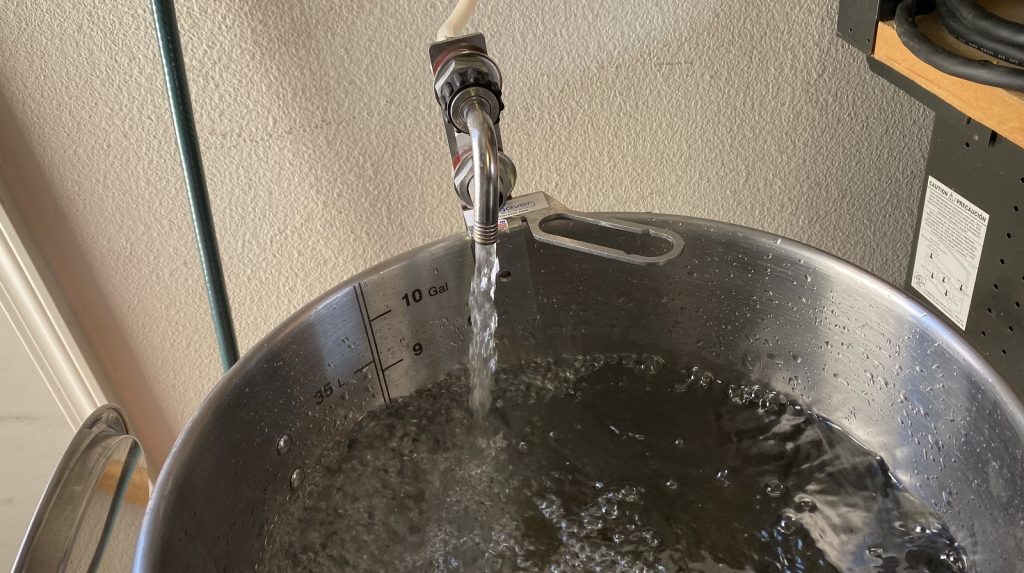

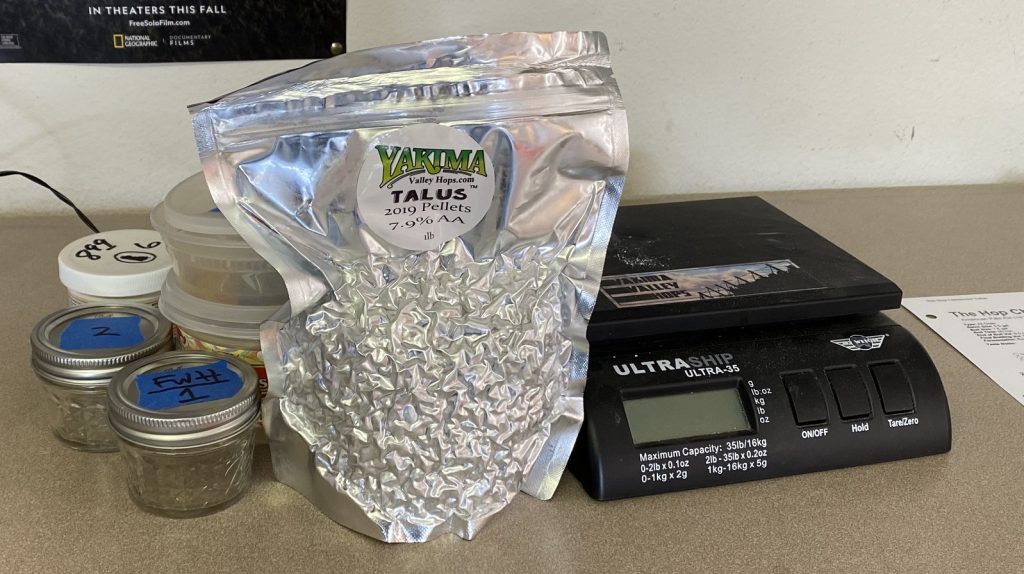
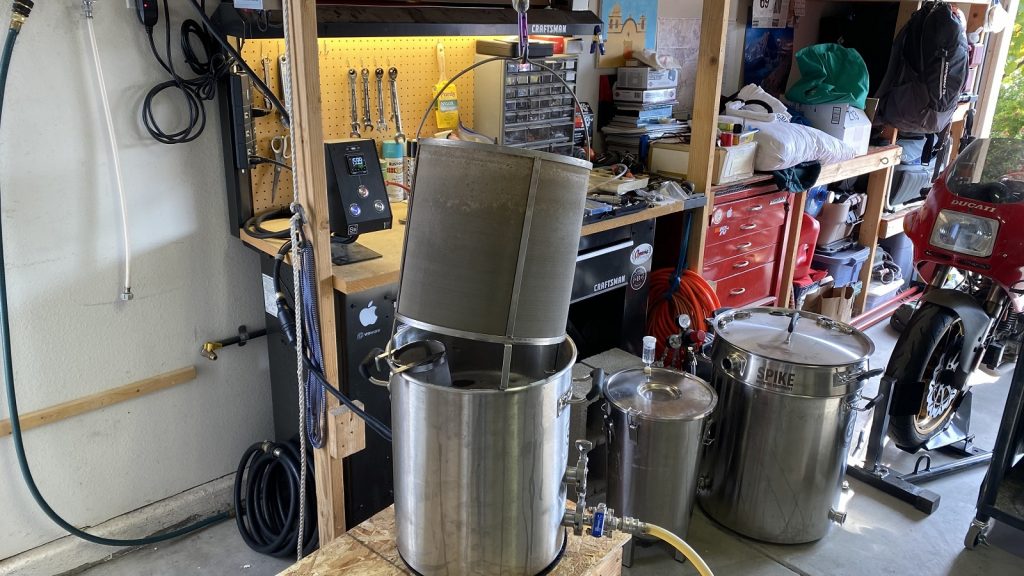
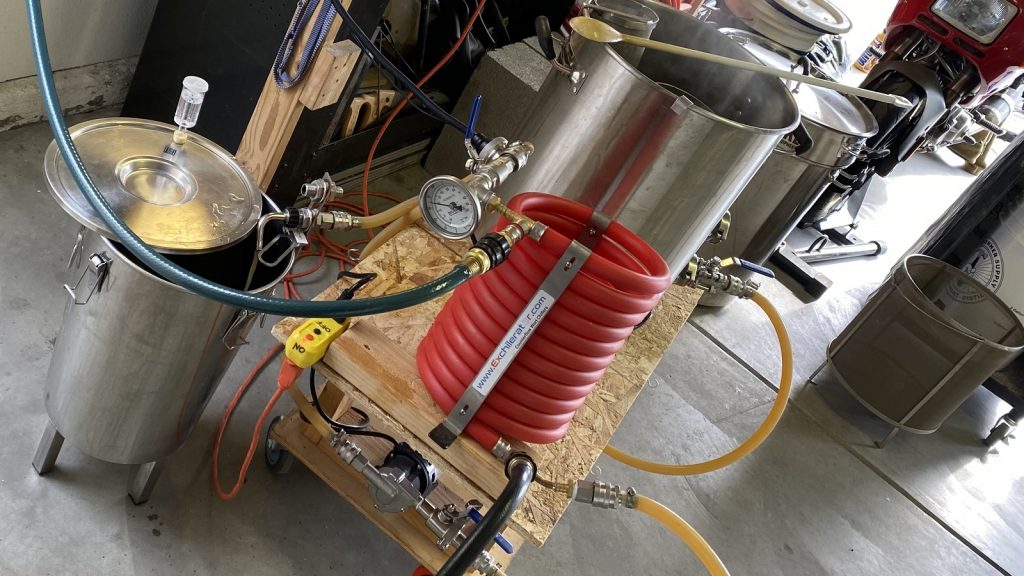
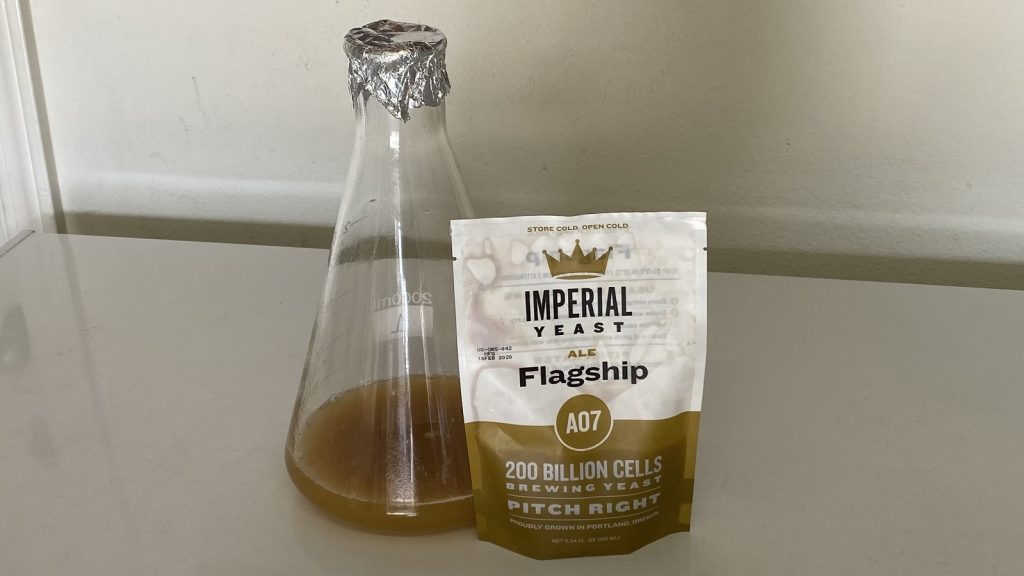
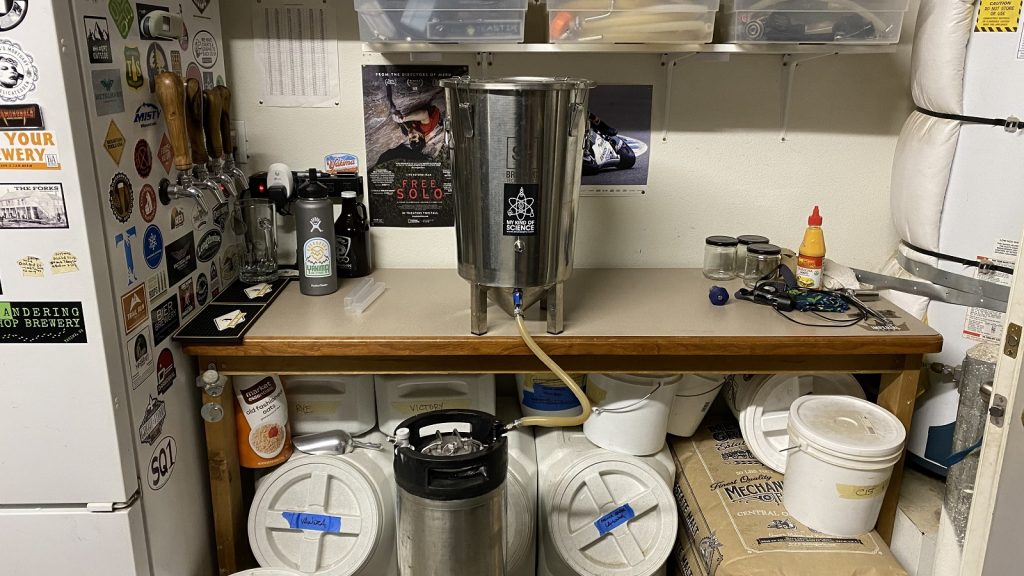
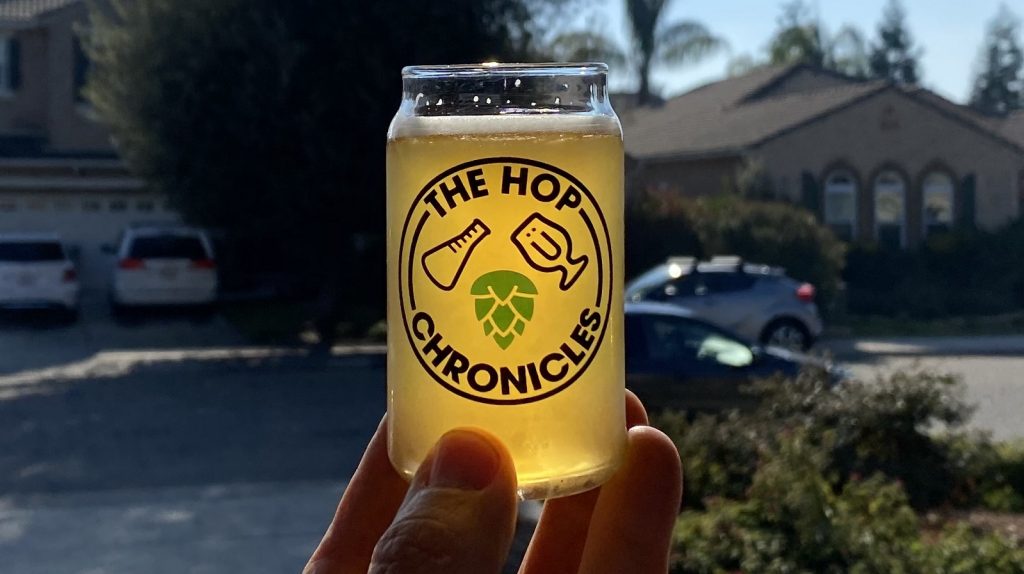

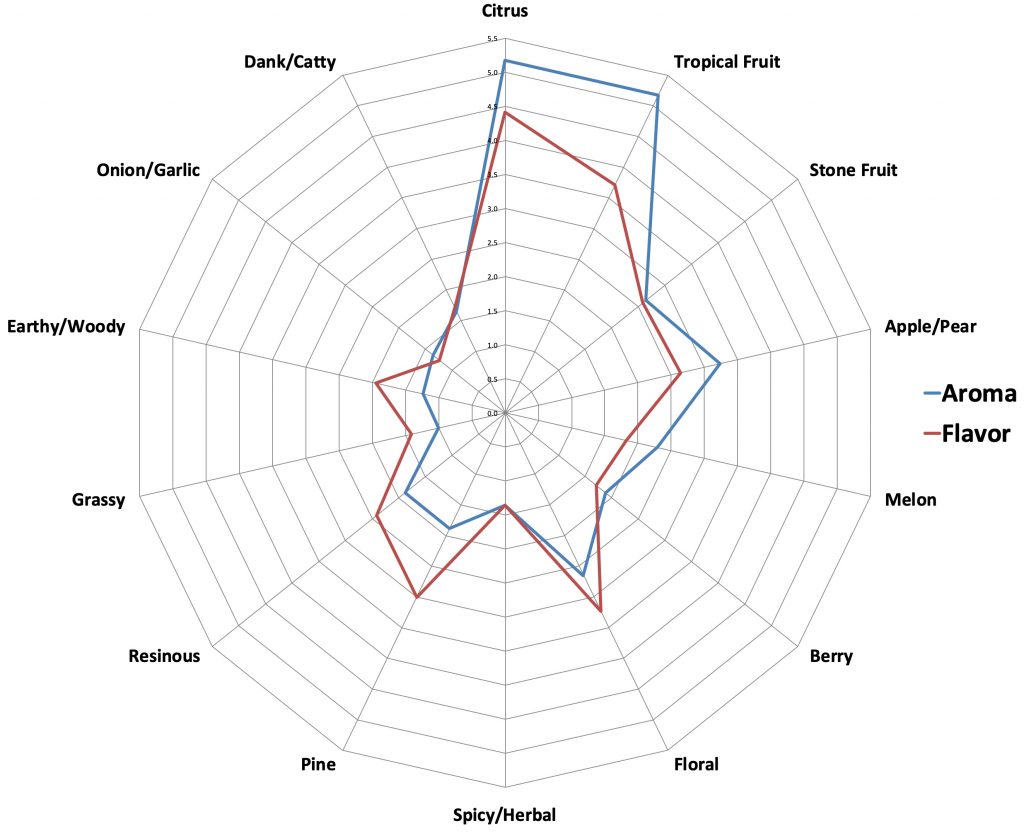
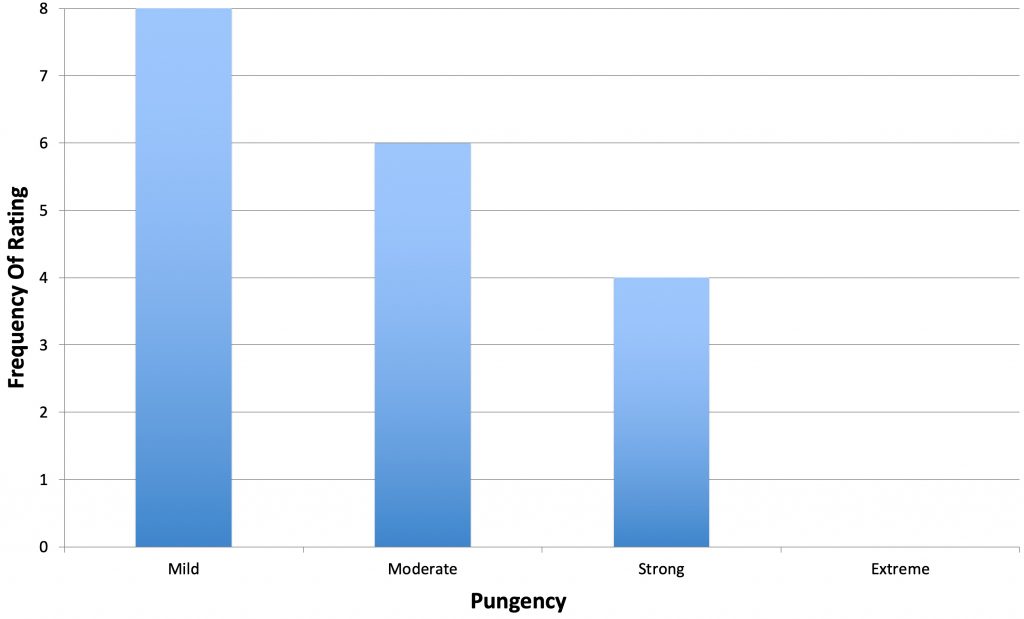
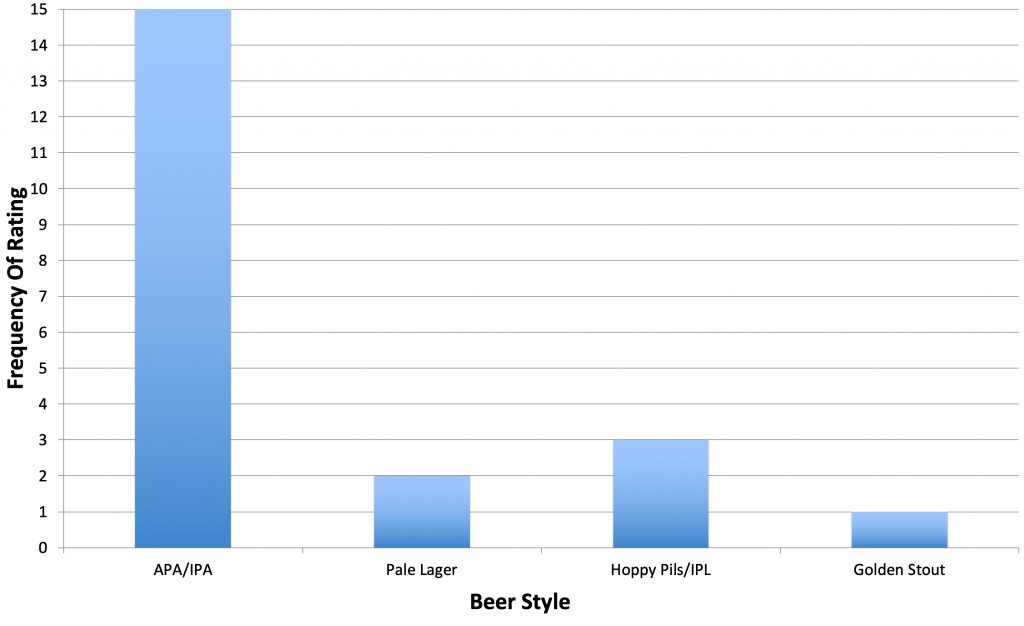
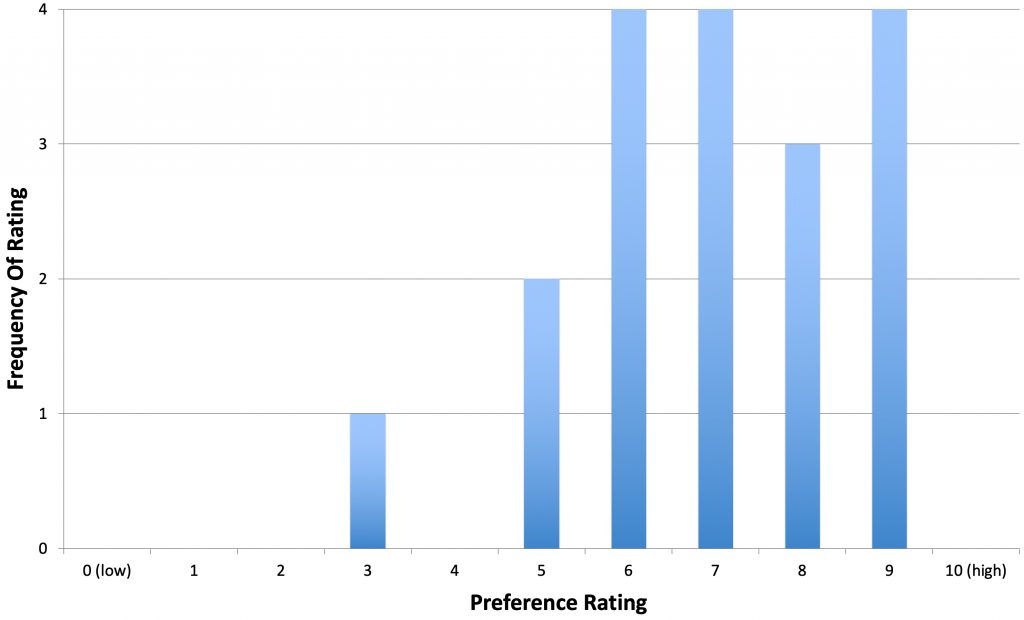











4 thoughts on “The Hop Chronicles | Talus (2019) Pale Ale”
I read the article which was great, but all I could think was “wait, this guy has a SSBT V1, Spike Solo+, AND a Ducati?! I’m doing life wrong”
Ha ha! I had the same thought when looking through the pictures.
Ha!
But remember: what you own owns you!
The more you have, the more to worry about. The less you have, less to worry about. Lol 😆